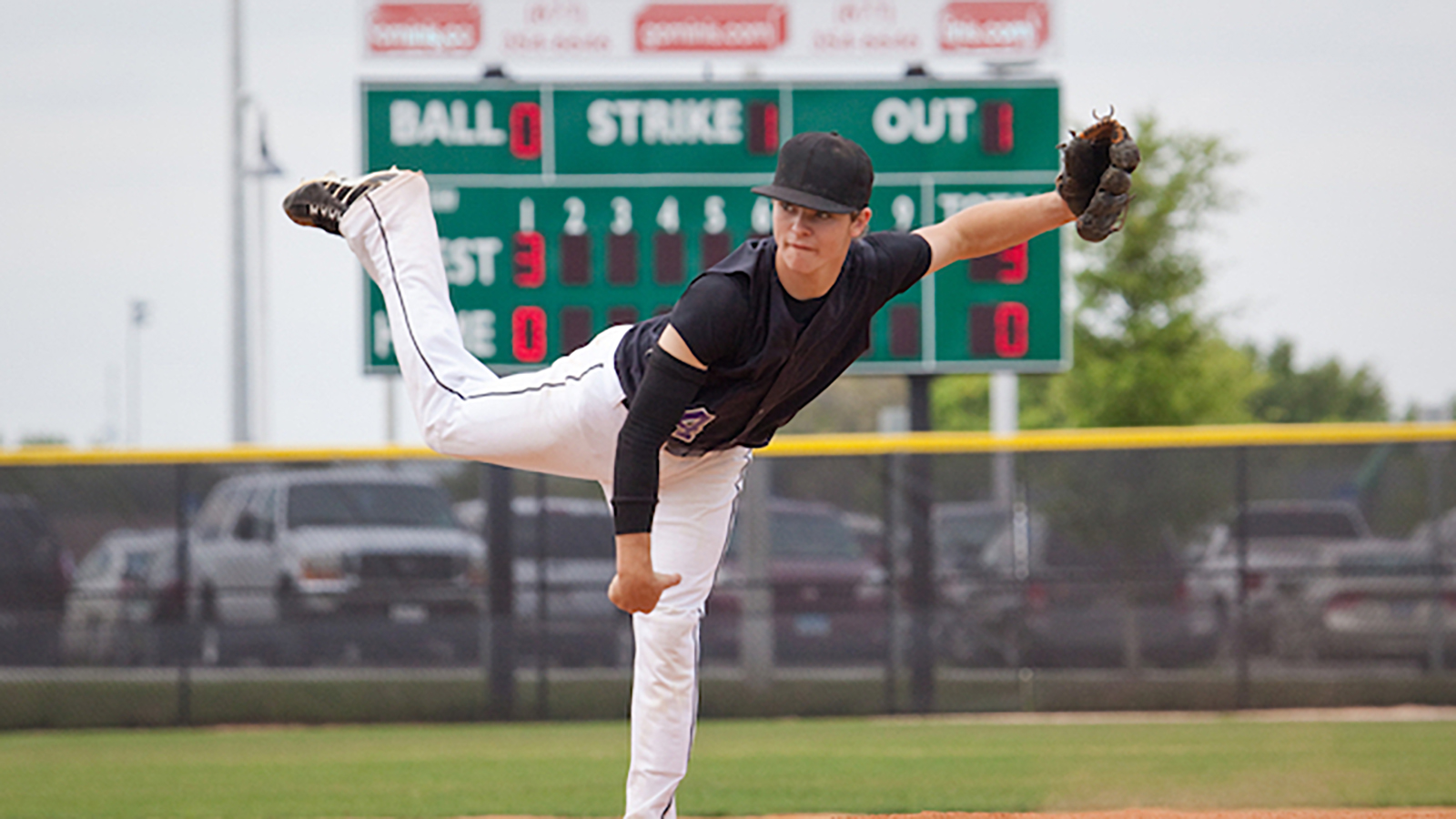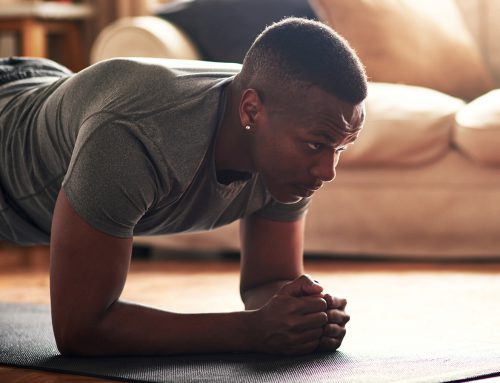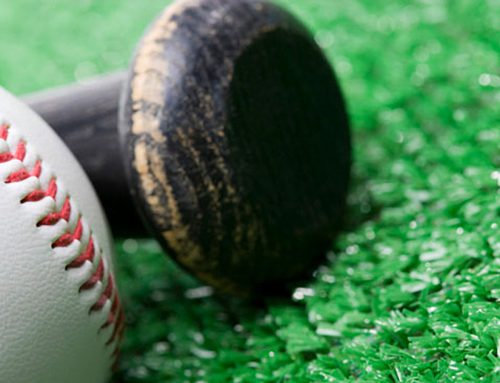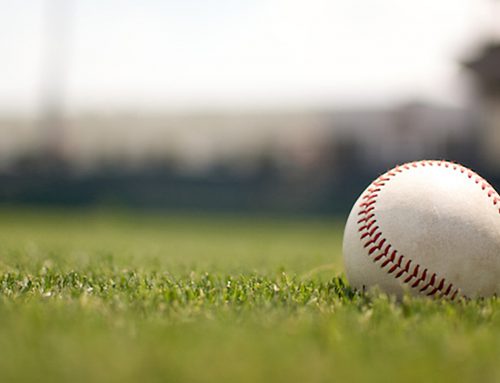There always seems to be rhetoric that strongly pushes one idea while totally denouncing another. This usually comes in the form of “always do this” or “never do that.” With training, and more specifically training a special population like baseball players, there are far too many variables to speak in absolutes. When these ideas are taken too far in one direction, we get the birth of myths, and while some of these may be well intended, they often end up misinforming people. With that in mind, here are three myths about training baseball players.
1. You Should Never, Ever Lift Overhead
Baseball is an overhead sport, so to say you should never do anything overhead is kind of like telling a 100-meter Hurdler they should never practice jumping. Are there times when baseball players should avoid going overhead? Absolutely. Examples include:
- If pain is present while going overhead
- If they cant safely do it with good form
- If throwing volume is very high, and you want be cautious about total overhead volume
Where I think we go wrong is how we define lifting overhead. When we prescribe overhead movements, they do not have to be your typical overhead press. For baseball guys, it’s important they get strong over head. But what’s even more important is that they have good body mechanics when going over head.
Here are some things to be cognizant of when performing overhead movements:
- Does the scapula upwardly rotate and have posterior tilt?
- Does they glenohumeral joint stay centered?
- Do the ribs stay down and lumbar spine stay neutral?
Here’s a progression model from Eric Cressey that will allow for safe overhead movement, moving from safest to more advanced:
Yoga Push-Ups->Bottoms-Up Kettlebell Carry->Landmine Press->Bottoms-Up Kettlebell Press->Dumbbell Overhead Press->Barbell Press
As you can see from this model, all overhead movements are not created equal. Start at a place that best fits you or your athlete’s needs. When in doubt, go with the safer movement and work up from there. It’s important to remember all lifting can be dangerous if prescribed wrong, and overhead lifting is no different. But to say that baseball players should never, ever lift overhead is a myth that needs to die.
2. Lifting Weights Will Make You ‘Tight’
This is something I feel like almost all sports have gone through at one point or another. Basketball, baseball, soccer, gymnastics–athletes and coaches from each of these respected sports have shared their concerns and fears of lifting weights, feeling weight training will make them tight, bulky and unable to perform as desired in their respective sport.
But as many baseball players who’ve improved their game in the weight room will tell you, that fear is unfounded. And the research backs them up.
If lifting weights really makes you tight, bulky, slower, less flexible or all of the above, chances are you are doing the wrong exercises or using the wrong form. I think the narrative of “lifting makes you tight” comes from the notion that all lifting looks like body building. If you train like a bodybuilder, you will move like a bodybuilder. Perform lifts and movements that increase range of motion, athleticism and functional strength, and you won’t have to worry about being “tight.” And in the long-run, you’ll be dominating any competition who’s afraid to step foot in the weight room.
3. Baseball Players Only Need Power in the Frontal Plane
From Olympic lifts to Squats to Box Jumps, power development can be achieved through several methods. But baseball is a bit different than other sports. Like other sports, baseball requires power. However, it requires it both in the frontal and transverse planes. In other words, you better be powerful laterally and not just in a straight line if you want to be successful. A Single-Leg Lateral Hop would be a better indicator of baseball-specific power then a great Vertical Jump, just as being able to perform a Rotational Med Ball Scoop Toss with power is a better way to measure your training success than a max Bench Press.
Here are several exercises that can help baseball players develop that all-important transversal plane power:
- Heidens
- Single-Leg Lateral Hops
- Medball Throwing Variations
- Lateral Walking Sled Drags
Power can be a great tool for any athlete, but that power must be able to translate to the game to be useful. For baseball players, that means power must be developed in both the frontal and transverse planes.
Hopefully, this article has cleared up a few myths that have long surrounded training and baseball players. When training to improve baseball performance, remember that it’s OK to train overhead, lifting has been shown to make you more flexible, and power development needs to be done with lateral movements in mind. Train smart, train properly and don’t let a myth prevent you from becoming a better ballplayer.
Original article posted on stack.com






